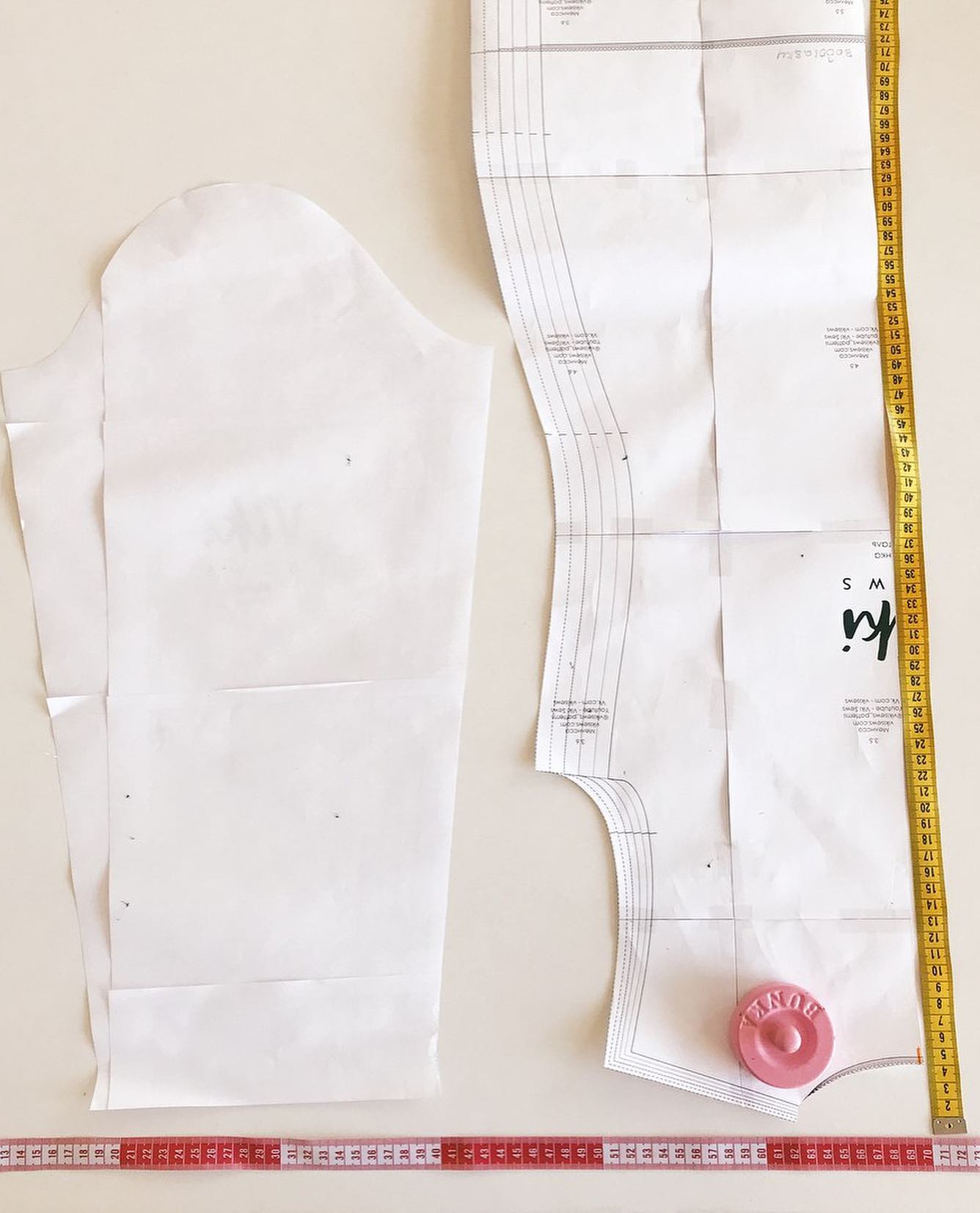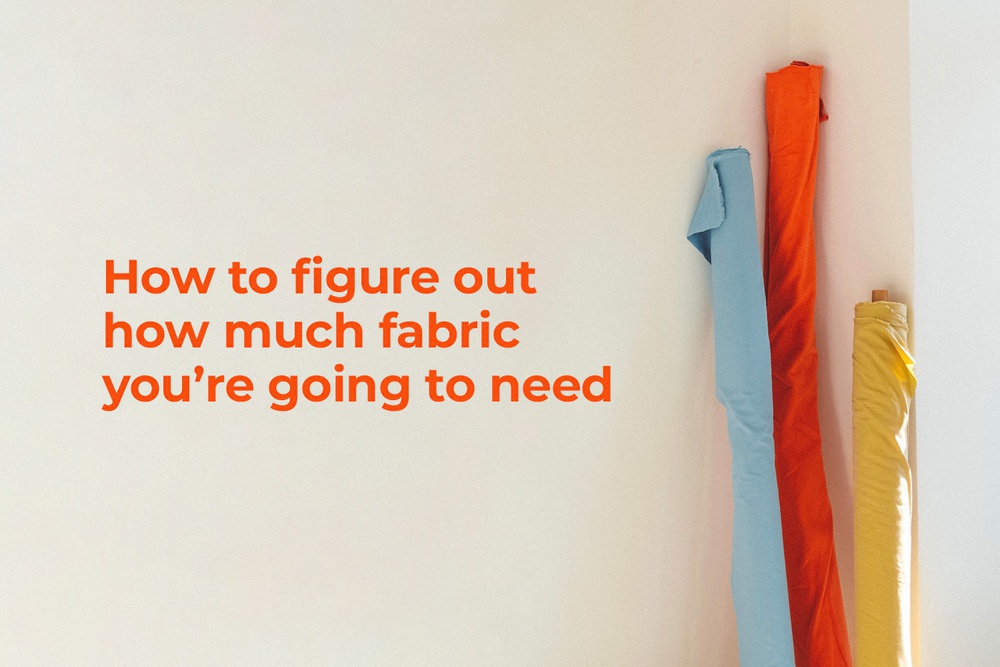How to figure out how much fabric you’re going to need for a project if the width of your fabric is not the same as in the fabric requirements chart? This question is usually one of the most confusing questions you face during the preparation.
You must have been looking at beautiful silks, fancy lace fabrics, soft knits, and cozy cashmere in fabric stores time and again, but were scared to buy as you had no idea how much of them you really needed.⠀
Calculation of the fabric length is a crucial stage of preparation for a sewing project. Here’s a guide on how to figure out the fabric requirements in advance and with no mistakes.
What factors determine the fabric requirements?⠀
- The fabric width⠀
- as a rule, the standard width is 140 cm.⠀
- for natural fabrics (chiffon, silk), it’s usually 90 to 130 cm.⠀
- natural lace can be 60 to 145 cm wide.⠀
- knit fabrics are 110-180 cm wide.⠀
- suiting and coating fabrics most often have a width of 140 cm, and sometimes 150 cm.⠀
- Print or pile/nap direction⠀
More fabric is required if:⠀
- The fabric has a pile or nap, in which case the pattern layout must be directional (with downward direction of the pile/nap);
- The fabric has a rapport print that needs to be matched (check or stripe print) or a pattern print with top and bottom clearly distinguished. In this case, the layout must be directional and the print needs to be aligned.
- Garment design⠀
More fabric is required if a garment has many pieces, decorative elements, sophisticated design lines or princess seams.⠀
Much more fabric is also required to make a garment cut on the bias.
Precise calculation can help you save money and avoid having piles of fabric waste.⠀
So how can you do it?

- Cut out all of the pattern pieces, check out their total number, the pieces to be cut on fold, and the grainline. It’s a good idea to make a muslin first to verify the fit and length of the garment. Make the necessary adjustments and do the layout with the adjusted pattern pieces.
Place two measuring tapes on the table or level floor at right angle. Secure one of them with a sticky tape or weights.
- Mark the supposed fabric width on one of the measuring tapes (for example, 140 cm) using a long ruler or a framing square.
- Place the adjusted pattern pieces within the measured area according to the grainline.
- Measure the length of the pattern layout area.
That’s how you will define the exact volume of fabric you’re going to need for your garment.
Read more basic sewing tips for beginners here:
Sewing equipment and notions for beginners










Здесь пока нет комментариев